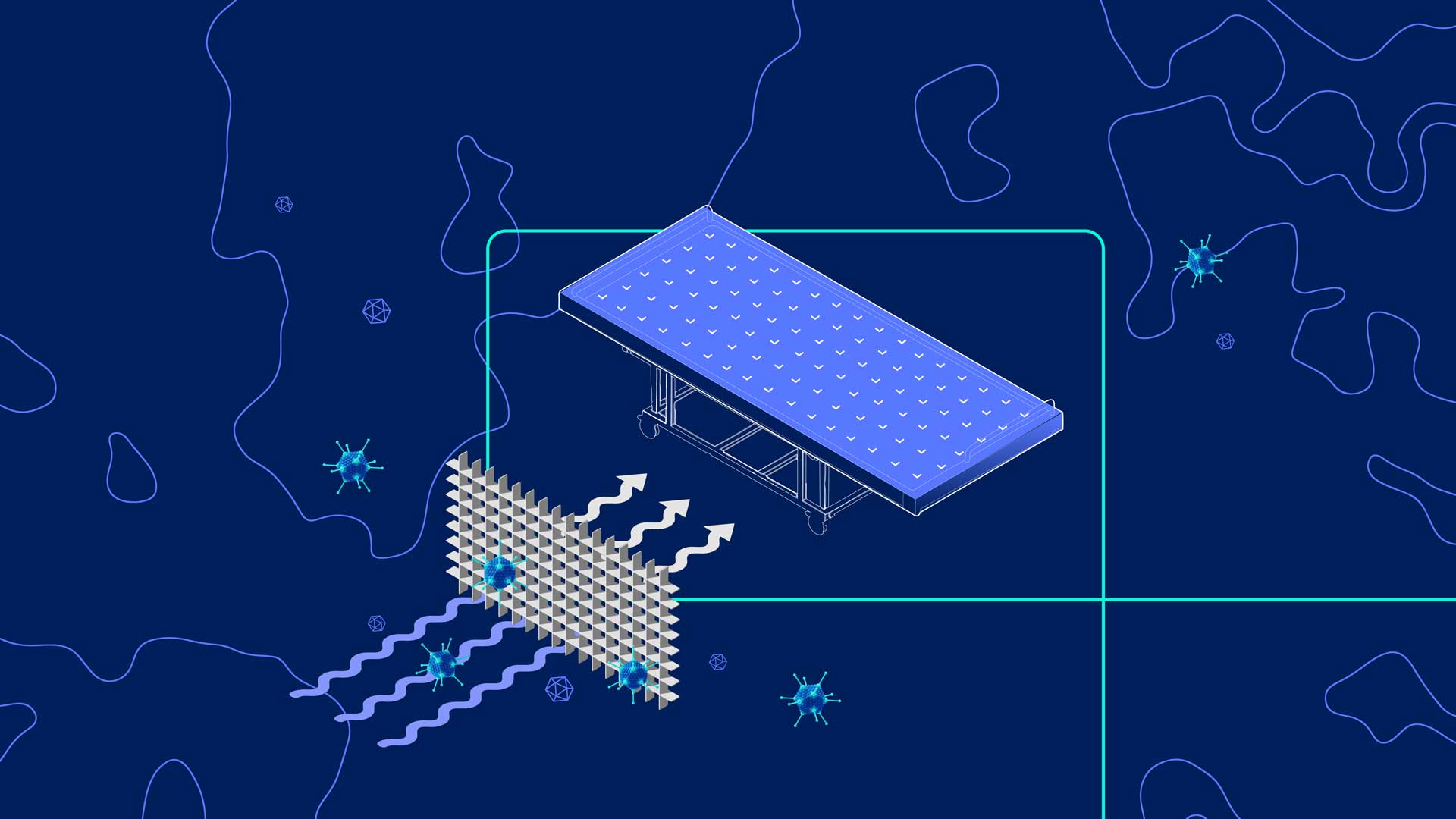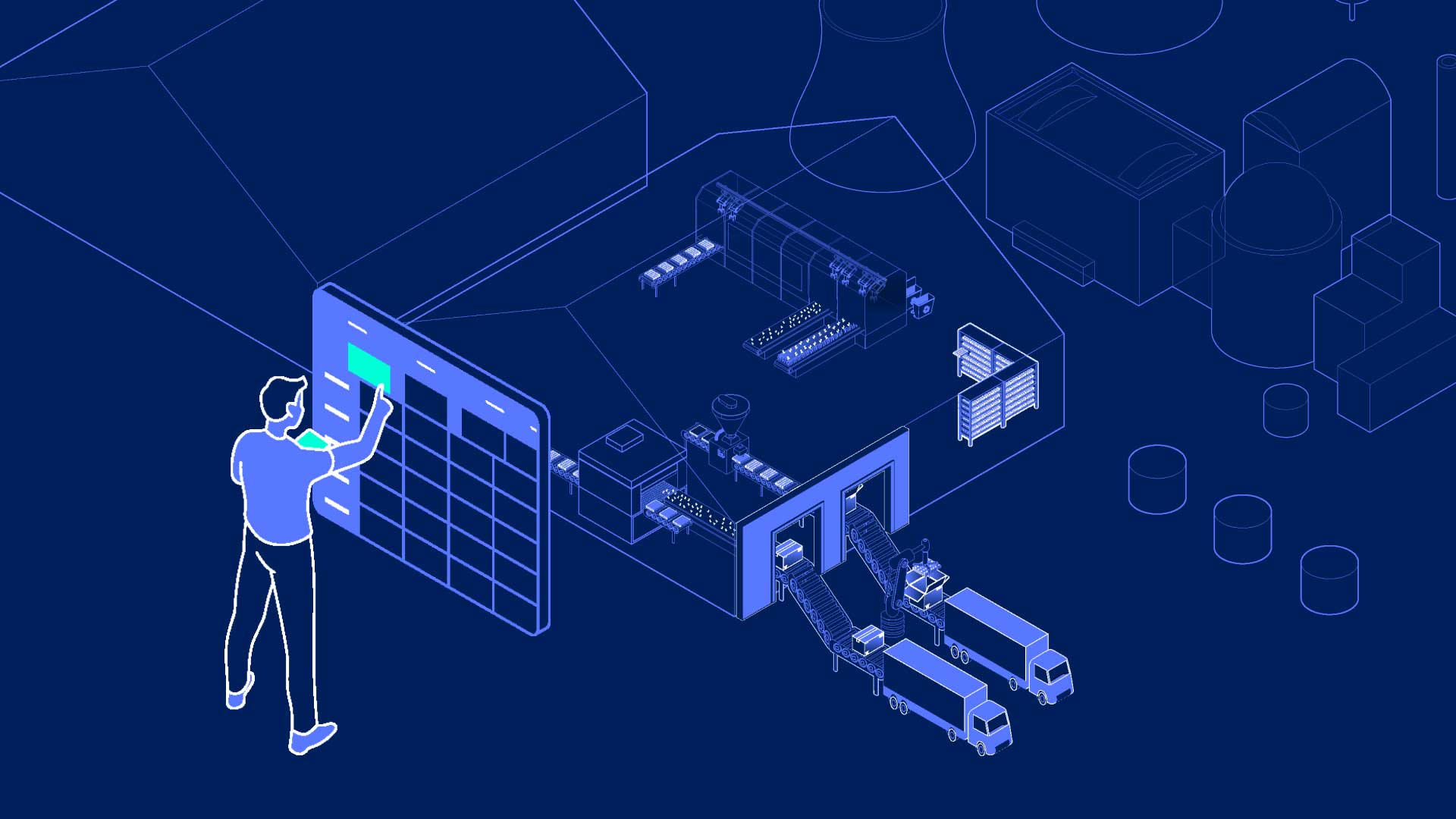Indoor farming, as the name suggests, is an approach to crop production that involves growing crops inside. In this blog, we will explore the benefits of indoor farming and how integrating vertical farms can help improve the efficiency of existing growing operations.
What is indoor farming?
Indoor farming, in its simplest form, involves growing crops within an enclosed structure rather than outdoors. Most modern kinds of indoor farms incorporate technology, such as cameras, sensors and smart controllers, to monitor operations.
Indoor farms include everything from glasshouses to shipping containers and, more recently, vertical farms.
What are vertical farms?
Vertical farming is a type of farming in which crops such as leafy greens and herbs are cultivated indoors in vertically stacked layers instead of in horizontal rows in the ground. This method employs advanced technology such as LED lighting, closed-loop water irrigation and recycling and climate control to maximise crop yields.
These farms allow growth cycles to take place all year round, regardless of the weather. They also offer sustainability benefits such as using up to 96% less water, reducing food miles and a complete removal of the need for protective chemicals (like pesticides, herbicides and fungicides), which are some reasons for the adoption of vertical farming worldwide.
At IGS, our vertical farming technology offers total control over environmental factors, including lighting, water distribution, CO2 levels, and nutrient delivery. The patented advanced power management system in our vertical farms ensures energy usage is optimised throughout the day and night, keeping energy costs to a minimum.
We refer to our vertical farms as Growth Towers, which utilise total controlled environment agriculture (TCEA) technology. Unlike traditional controlled environment agriculture (CEA) methods such as glasshouses, which can be prone to unpredictable and inconsistent yields because of limitations in controlling the growing environment (sunlight and heat for example), TCEA provides a fully controlled and predictable microclimate by eliminating such external factors.

Creating a hybrid indoor growing system with a vertical farm
Indoor growing systems such as glasshouses and vertical farms are two of the most popular indoor agriculture systems, both with the purpose of generating a more efficient growing environment. Combining these two methods as a hybrid approach can maximise the effectiveness of each solution. Growing your starter plants in a vertical farm is one of the best ways to combine the benefits of vertical farming with the benefits of other indoor farming methods.
Growing your starter plants local to your glasshouses and open-field crops can result in increased yields and better crop consistency output. It can give you full control over your entire growing process, increasing efficiency, and reducing wastage. Seed to harvest crops like herbs and microgreens are perfect for complete growth within a vertical farm, but some fruiting crops such as cherry tomatoes and chilies are also suitable. When it comes to larger fruiting crops such as strawberries, vertical farms can be used for the propagation phase of growing. Utilising Vertical Farming technology to grow these crops on urban sites and within retrofitted buildings can free up precious open-field land.
Types of food that can be grown indoors
Although grains such as barley and wheat continue to be cultivated outdoors in large fields due to the space required by such crops, a multitude of herbs (I.e. basil, coriander, dill, mint), leafy greens (kale, spinach and lettuce) and young plants (tomato, strawberry and potato) have also shown to be particularly well-suited to vertical farming.
Here at IGS, we have had particular success with strawberry propagules, tomato starter plants, and tree seedlings, as well as complete seed-to-harvest production for fresh produce such as herbs, salads, leafy greens and microgreens. In addition, for the last two years, we've successfully grown chillies in our own crop research centre.
.webp)
The benefits of a hybrid indoor growing system
Integrating a vertical farm into your existing operations can bring many benefits to your operations, including:
Year-round seed to harvest crop production
An IGS vertical farm can provide consistent year-round crop production, as it is not dependent on outside weather conditions. By eliminating the impact of outside conditions, this highly controlled food growing system can improve volume, increase harvest cycles and maintain the quality, flavour and shelf life of the produce.
Protect your supply chain
Integrating vertical farming into your existing operations for the purposes of propagation can help you take greater control of your supply chain and help reduce the impact of transportation costs. Growing your own starter plants and seedlings also protects your operations from supply chain issues caused by climatic events such as storms or droughts.

Improve starter plant consistency
A vertical indoor farm can co-exist next to a field or glasshouse as a source for a healthy and dependable supply of young plants. IGS has successfully trialled growing young plants for strawberries, seed potatoes, broccoli, tomatoes and tree seedlings
Increase yields and reduce waste
Some of our customers have reported that a significant percentage of their imported young plants suffer from some form of contamination. By growing your own young plants in a vertical farm, you can reduce losses by as much as 30%.
Traceable, pesticide free
A vertical farm eliminates the need for protective chemicals as pests and pathogens cannot enter the controlled environment, and fungal diseases struggle to gain a foothold as humidity levels are managed. This results in a safer, healthier, and fully traceable product.
Effective use of space
Indoor farms can be built in many locations, which allows for higher productivity on a small land area. The stackable vertical farming system can deliver yields 2-3 times higher than those of a greenhouse or traditional farm despite an operating footprint of just 1% of a hectare.

How will indoor vertical farms affect the future of agriculture?
Vertical farms are not meant to replace traditional farming methods, such as greenhouses and open-fields, but to work alongside them to maximise the benefits of each. The philosophy at IGS is to meet people where they are and to collaborate with traditional farming to create a more sustainable future for food production.
-
Indoor vertical farming has the potential to transform the way we grow our food, reducing the need for transportation and providing fresh produce year-round, creating a more sustainable food production system.
Want to understand how vertical farms could work for your business? Get in touch.






.jpg)
